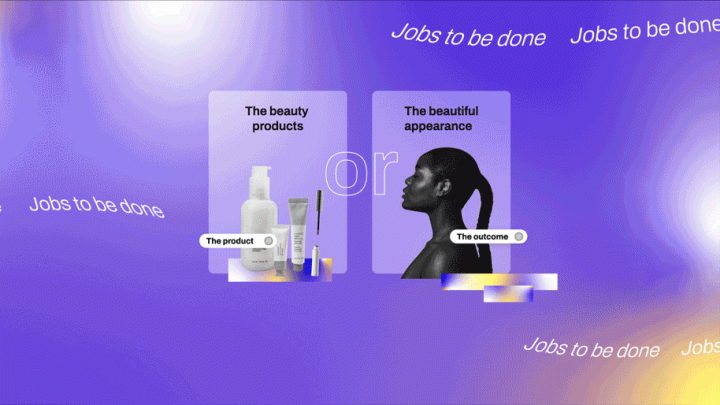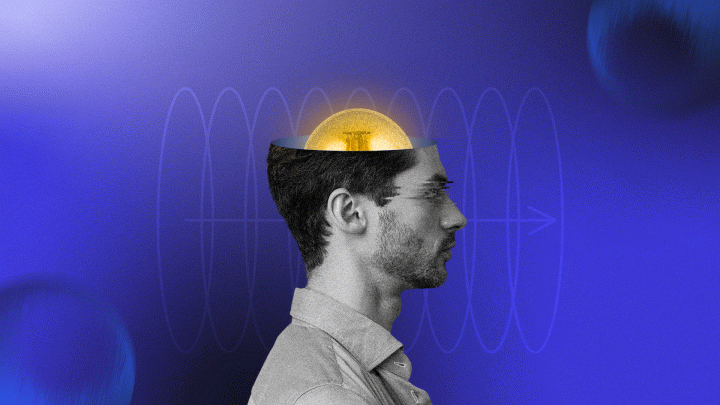

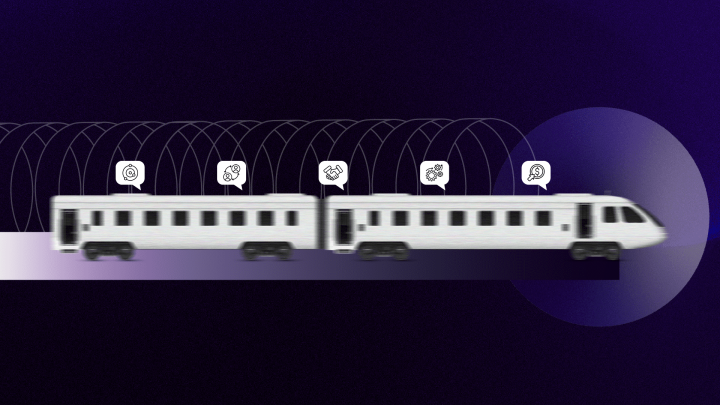
How Platforms Became The Norm In Digital—And Why You Need A Platform Strategy
Read More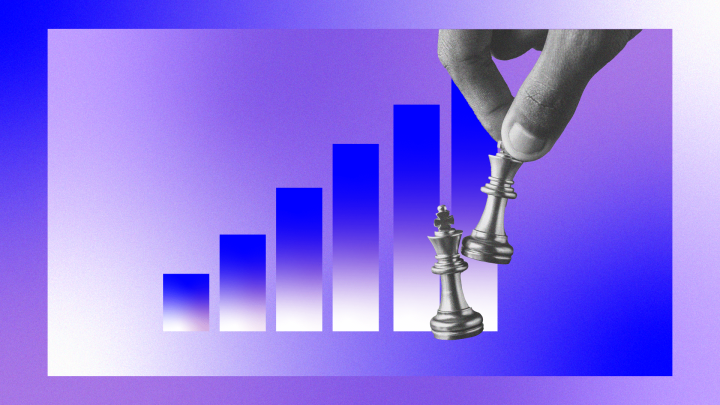
Innovation Strategy: Unleashing Growth through Strategic Ingenuity
Read More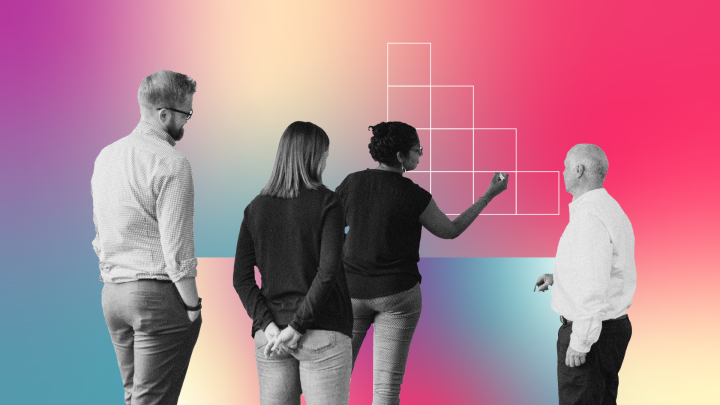
Why you should invest in innovation consulting
Read More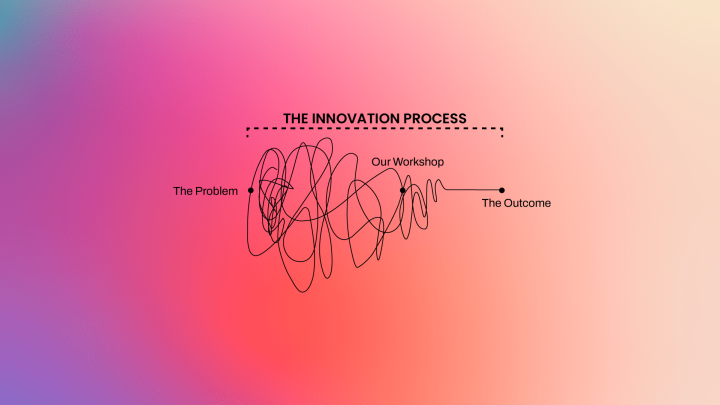
5 Business Strategy Sprint Outcomes
Read More
Tom Hardy from SCAD on Learning Experiences: “We don’t need to be the sage on the stage, but the guide on the side.”
Read More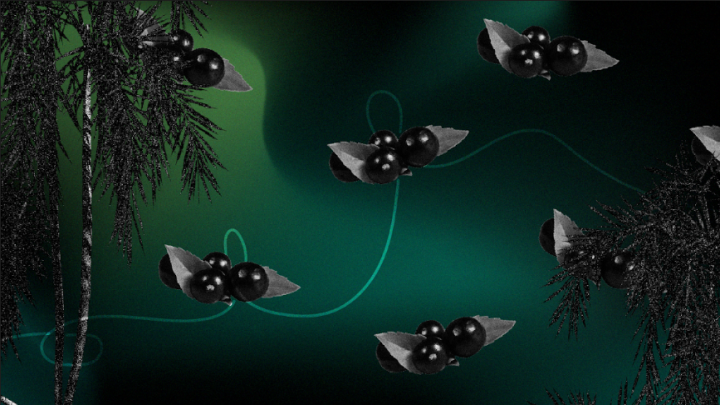
Case Study – Driving positive impact in Amazon rainforest communities
Read More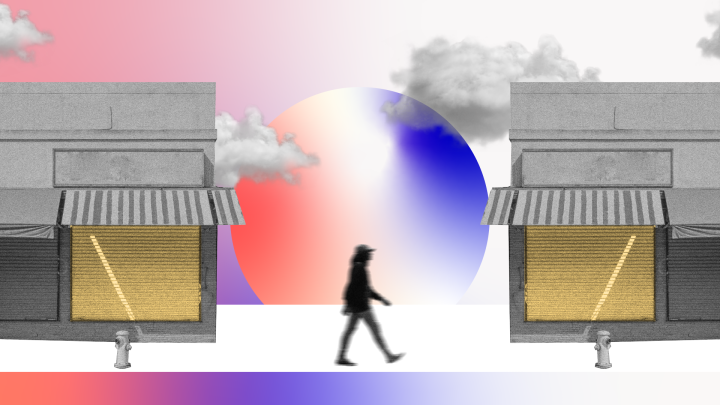
Business Design: Making Human-Centered Innovation Succeed
Read More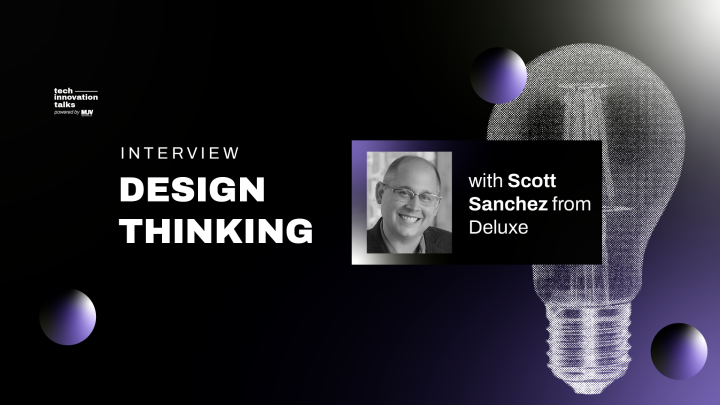
A piece of advice from Stanford: “We have to celebrate failure”
Read More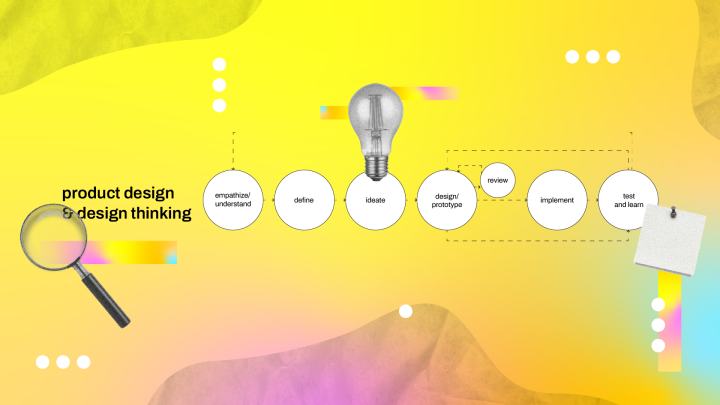
Product Design: why Design Thinking is the best product discovery methodology
Read More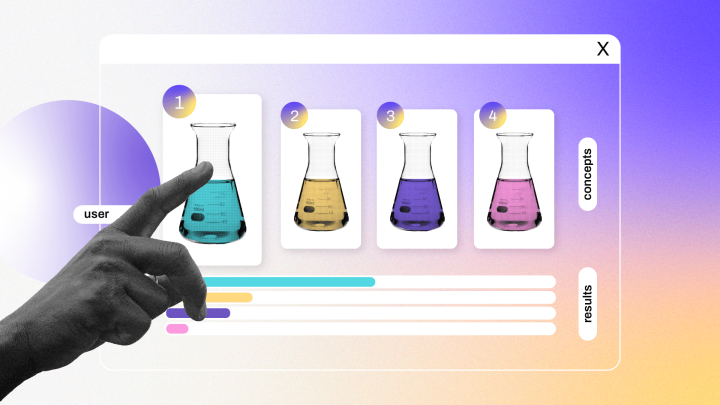
Concept Testing: craft solutions that make noise
Read More